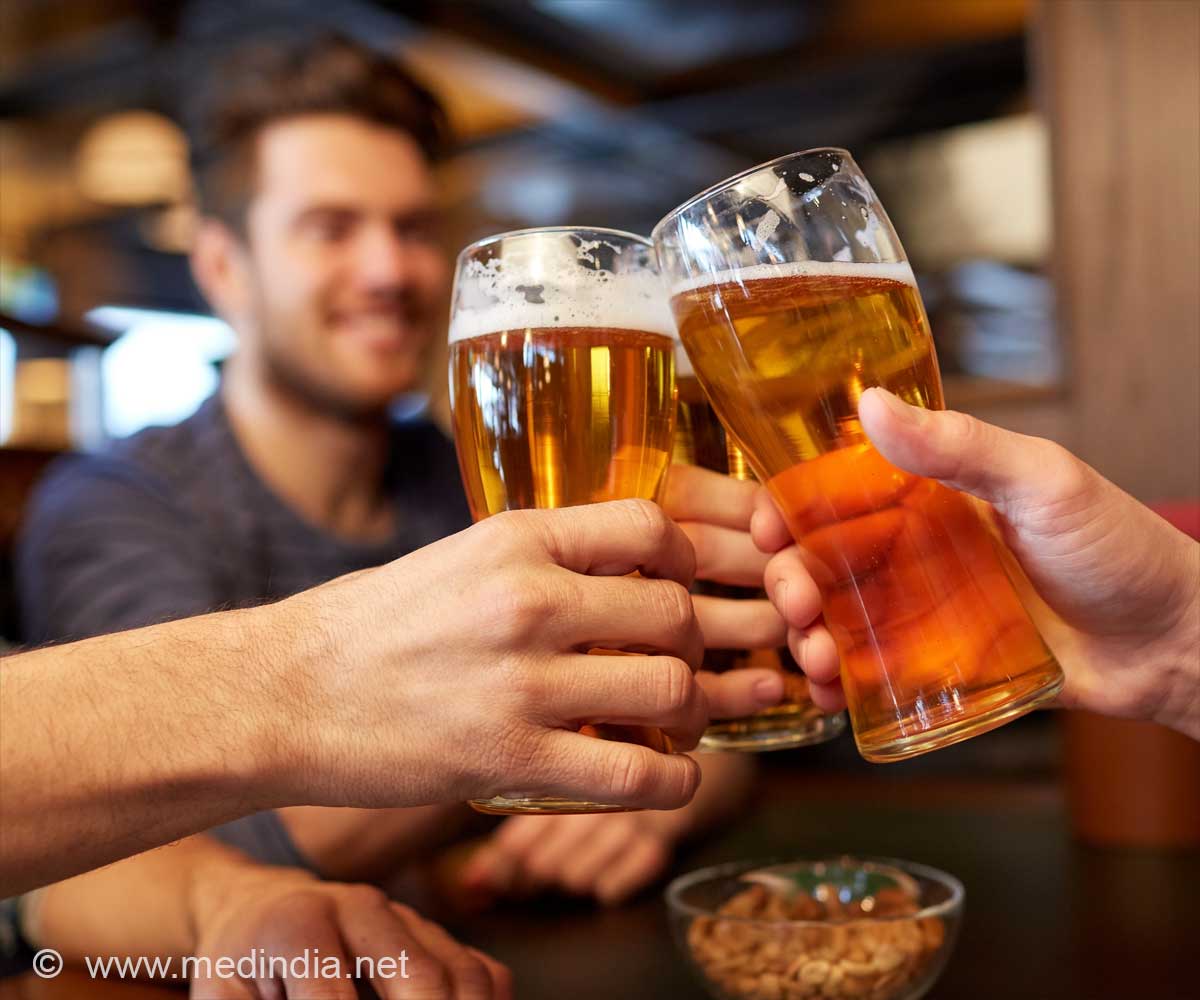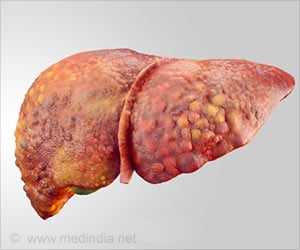Alcohol use typically begins during adolescence, but your genes and environment contribute to the link between you drinking alone or under peer pressure.

Corresponding author for the study, Alexis C. Edwards at Virginia Commonwealth University said that peer pressure can work in both directions: some kids feel pressured; others are the ones exerting the pressure for whatever reason. It didn't have to be explicit; kids can perceive pressure that's never verbalized. Another way that peers can influence drinking is simply by providing access to alcohol. Furthermore, adolescent drinking behavior often occurs in the context of peer groups rather than in solitary situations. It was hence important not to overlook the role that choice plays in all these scenarios.
Edwards and her colleagues used data collected in Wave Three of the Virginia Adult Twin Study of Psychiatric and Substance Use Disorders. From that larger study of adult Caucasian twins, study authors analyzed data from a sample of 1,790 men, provided through structured clinical interviews that included retrospective reports of their own drinking as well as their peers' alcohol-related behaviors from adolescence into young adulthood, ages 12 to 25 years. The influence of three plausible models of genetic and environmental influences on the relationship between phenotypes was examined over time.
The researchers commented on the finding of a clear increase in the influence of genetic factors as the adolescents moved into adulthood, and a corresponding decrease in the influence of shared environmental factors.
Edwards said that the increase in the relevance of genetic factors was pretty typical. As a person aged, they gain more autonomy, and the behavior is driven more by own genetic liabilities and less influenced by the familial environment.
Shawn J. Latendresse, assistant professor at Baylor University added that in general, as twins mature and become more independent of one another - for example, attend different schools, live in separate homes - they tend to share fewer of the influences within their physical and social environments, while their genetic similarities remain constant. "Of course, unique aspects of the twins' environments are just as influential as their shared biology, and often more so, when it comes to their own alcohol consumption and the perceived consumption of their peers."
Advertisement
Source-ANI











